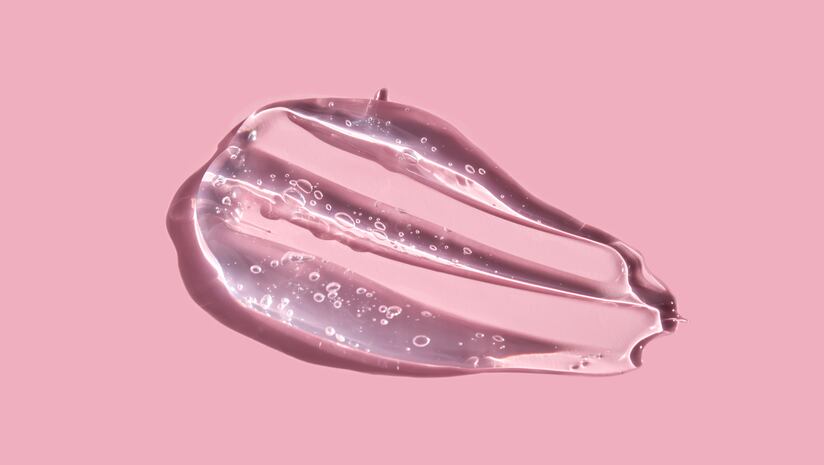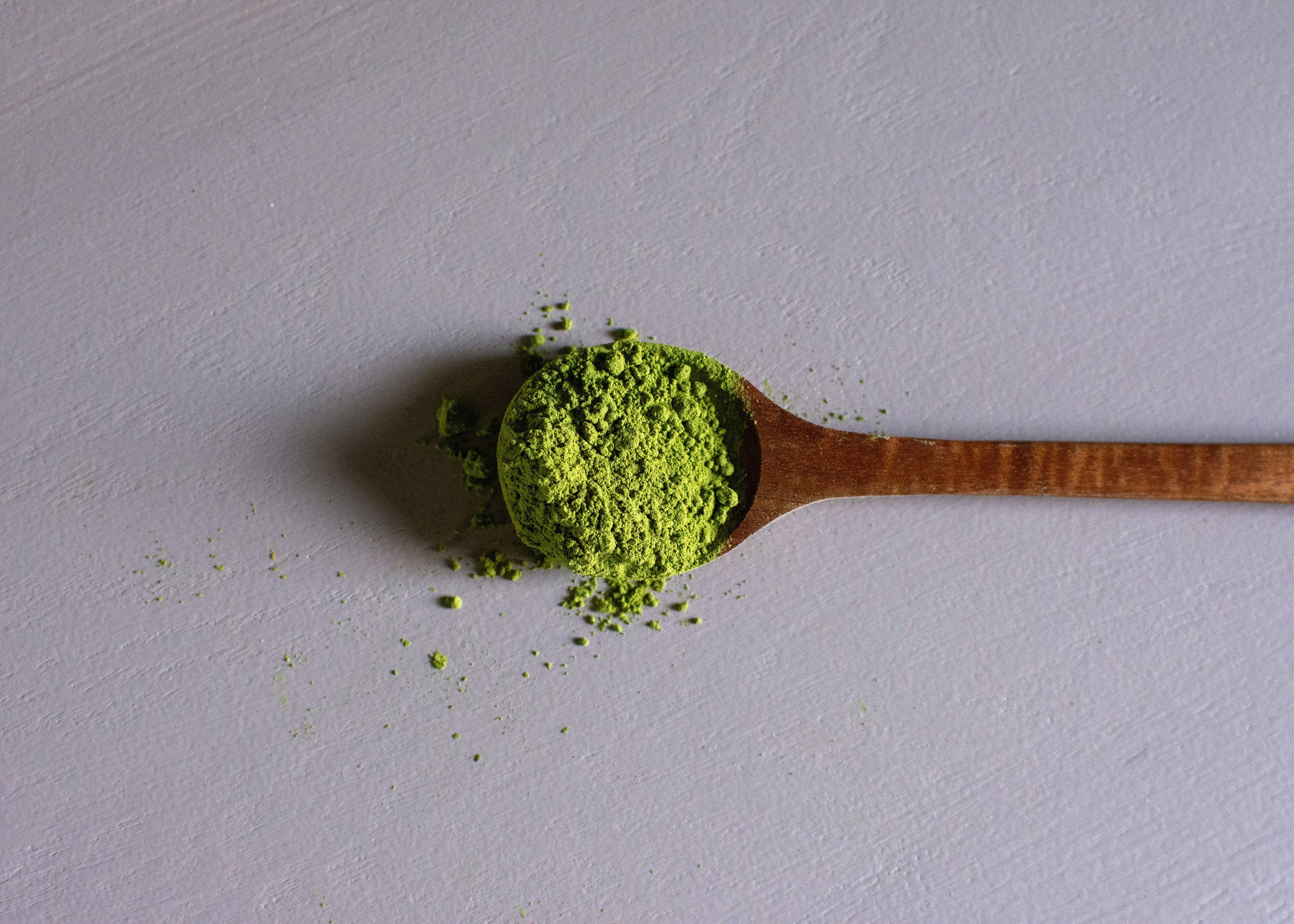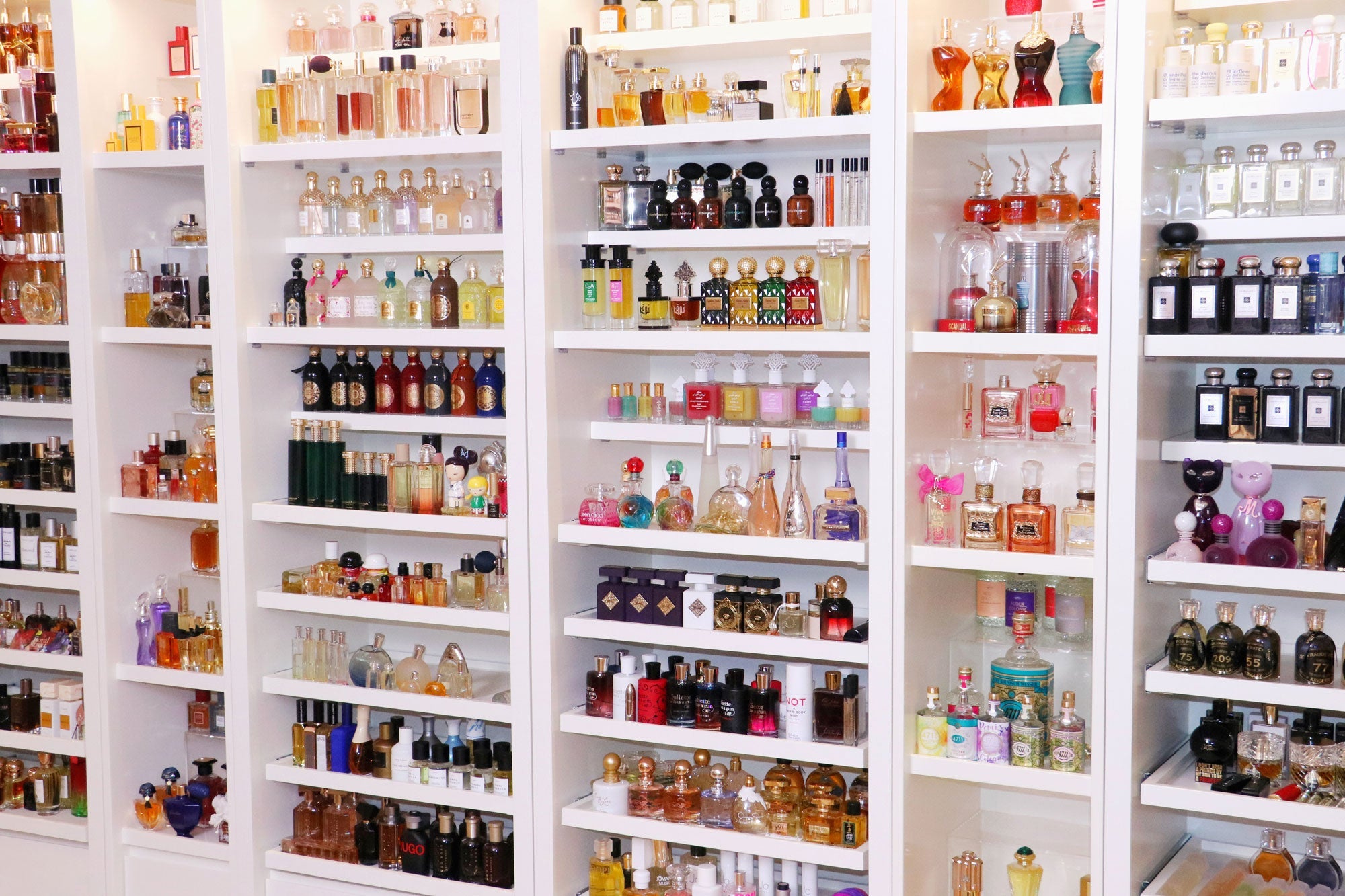Why the FDA Banned These 11 Ingredients in the Beauty Industry

The beauty world is buzzing about e.l.f. Beauty’s recent acquisition of Hailey Bieber’s Rhode brand, and for good reason. At a recent industry talk, what truly set e.l.f. apart was their commitment to ingredient transparency which is a promise that resonates deeply with today’s conscious consumers. While the FDA currently bans only 11 ingredients in cosmetics, e.l.f. has voluntarily excluded over 2,000 potentially harmful substances from their products, showcasing a level of safety and transparency that goes far beyond regulatory requirements.
The FDA’s 11 Banned Ingredients in Cosmetics
The U.S. Food and Drug Administration (FDA) maintains a relatively short list of prohibited ingredients in cosmetics, focusing on substances with clear evidence of harm. These 11 banned ingredients include:
-
Bithionol – Causes skin sensitivity when exposed to sunlight.
-
Chlorofluorocarbon (CFC) Propellants – Harm the ozone layer, banned in aerosols.
-
Chloroform – Linked to cancer in studies.
-
Halogenated Salicylanilides – Cause serious skin disorders.
-
Hexachlorophene – Toxic and restricted due to skin penetration risks.
-
Mercury Compounds – Toxic and bioaccumulative.
-
Vinyl Chloride – Carcinogenic.
-
Zirconium Complexes in Aerosols – Cause skin granulomas.
-
Methylene Chloride – Toxic and carcinogenic.
-
Methyl Methacrylate Monomer – Causes injuries, banned in nail products.
-
Formaldehyde and Formaldehyde Releasers – Set to be banned by 2027 due to toxicity and carcinogenicity.
These bans reflect the FDA’s cautious approach, focusing on ingredients with well-documented risks to consumer health.
How the EU’s Cosmetics Ingredient Ban List Compares
In contrast, the European Union (EU) enforces a much broader and more stringent list of banned substances. As of September 1, 2025, the EU will prohibit at least 21 additional carcinogenic, mutagenic, or reprotoxic (CMR) substances, including:
-
Trimethylbenzoyl Diphenylphosphine Oxide (TPO) — Previously restricted, now fully banned.
-
Bisphenol AF and Tetrabromobisphenol A — Known endocrine disruptors.
-
Organotin Compounds — Recognized for reproductive toxicity.
-
Various other newly classified hazardous chemicals.
Moreover, the EU bans certain nanomaterials and restricts many more ingredients to ensure consumer safety. This comprehensive approach means the EU’s banned list exceeds 2,000 substances, reflecting a precautionary principle that prioritizes consumer protection.
What This Means for Consumers and Brands
While the FDA’s list is limited, brands like e.l.f. Beauty are stepping up by voluntarily excluding thousands of potentially harmful ingredients, aligning more closely with the EU’s rigorous standards. This trend toward greater transparency and safer formulations is reshaping consumer expectations and industry practices alike.
For consumers, this means more access to products that not only comply with regulatory requirements but also prioritize health and environmental safety. For brands, it signals the need to innovate and reformulate to meet these evolving standards.



